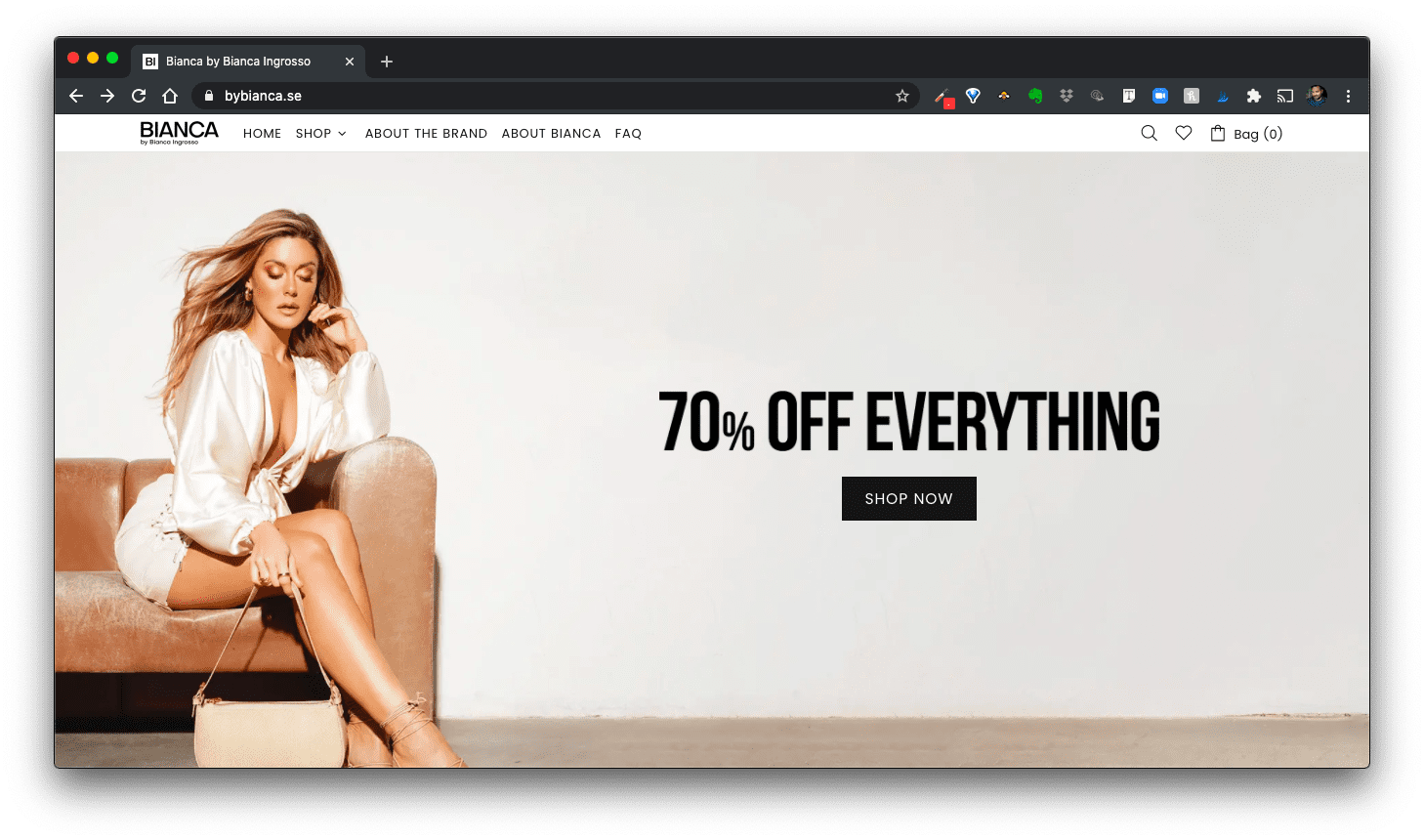Influencer marketing is evolving — are you ready to compete?
As the number of approachable journalists seems to dwindle, the importance of influencer marketing has increased — especially over the last 3 – 4 years.”
And influencer marketing is exciting to explore.
So, I’ve talked about categorising influencers, why targeting the magic middle for ambassadorship is crucial, and why you should always do a honeymoon outreach.
But wait. What about the influencers themselves?
Well, they don’t seem to be entirely done just yet.
Late Bloomers of Monetisation
Online influencers aren’t a new phenomenon by any stretch of the imagination. The top platforms have shifted over the last decades, but new influencers emerge wherever there’s an audience.
But while influencers have been early to crash every new online party, they’ve been rather late bloomers regarding monetisation.
As the Hippie Web died in 2012 and got replaced by the Money Web, few influencers made it work for themselves. Working with influencers was often painful; many were still unfamiliar with business professionals. 1There were exceptions, primarily bloggers, who successfully closed advertising deals but were also fighting against being replaced by YouTubers and Instagrammers.
However, around 2017, many influencers quickly started to get the hang of monetisation.
Besides ad revenue from social networks, influencers started doing bigger and better things, especially with brands. Brand collaborations quickly became a marker of online status.
Read also: How To Categorise Influencers: Nano, Micro, Macro, Mega
Why did this happen in 2017 and not sooner?
This leap into monetisation seems to have been driven primarily by new technology.
Examples: Influencer Monetisation Technology
Influencers are now movers and shakers in the marketplace; they get record deals, lucrative television contracts, and typically a volume of free publicity that most brands would kill for.
However, it’s not just about ad revenue and brand collaborations anymore.
Influencers have a comprehensive understanding of their audiences, content preferences, and buying powers.
Many services (like Patreon, OnlyFans, etc.) allow influencers to set up their premium community of subscribers. Influencers can quickly sell their products via their websites (Shopify, WooCommerce, etc.) with integrated payment methods.
Also, tons of specialised services allow influencers to sell everything from merch to prints.
An influencer today often has many different streams of income. Still, less than eight years ago, when the web shifted into a haven of capitalist dynamics, no one didn’t even invent most of these monetisation technologies.

Will these emerging influencer-driven brands stop at FMCG (fast-moving consumer goods)? Or will this phenomenon start to become more noticeable also in other industries?
Influencer Marketing is Changing
Since the advent of fashion blogging, influencer marketing has been a fascinating opportunity for FMCG brands to explore.
However, I don’t think many other types of businesses are waiting in line to experience what it is like to see your products or services swoosh off the “shelves” after an influencer collaboration.
Because influencer marketing is up for its next phase, it seems to be coming fast.
What’s quickly happening is that influencers are learning about business. And they’re learning that selling their products is better than someone else’s.
Influencers are learning that they prefer to promote their brands. Not only because they can get a more significant piece of the cake but because it’s easier for them to make content naturally around their merch.
In short: Influencers are now launching their businesses and their brands.
And they’ve already begun to turn down third-party collaborations to focus on their business ventures.
Imagine a marketplace where some brands pay top dollar for marketing — no one cares.
While some brands, brought to life by influencers, are getting tons of recognition for everything they do or say — and they’re not even paying for exposure.
As a brand needs to reach customers somehow, it begs the question, will this matter?
Could an Influencer Put You Out of Business?
When we talk about influencer marketing — do we mean:
a) businesses collaborating with influencers to market products and services, or
b) influencers’ various methods to market their products and services?
See the shift right there?
Then, which one are we talking about?
I ought to know. But I’m not sure anymore.
In the next couple of years, many heads of marketing- and communications, I think, will struggle to find ways of actually reaching their customers. Not due to lack of marketing budgets, but due to lack of solid options:
Short-term, many brands will have a hard time sensibly reaching their customers. Long-term, many brands might encounter fierce competition from influencer brands with massive audiences that are highly engaged and forceful.
Influencer-Driven Competition
What can we expect as influencers move into more and more fields of commerce?
With online marketing becoming increasingly important daily, many brands might soon find themselves squeezed between influencer brands on one side and tech giants, who are too big to fail on the other.
One side dominates the algorithms.
The other side owns the algorithms.
And neither of these two sides is on your side.
Moving forward, businesses should consider what it means to compete with influencers that don’t have to pay for their reach.

THANKS FOR READING.
Need PR help? Hire me here.

PR Resource: Different Types of Influencer Marketing
Influencer Marketing vs Influencer Relations
There are three main types of influencer marketing (digital marketing) and one primary type of influencer relations (digital PR):
Influencer Relations (Part of Digital PR)
Influencer outreach (earned media) = the influencer receives invitations, demos, or exclusive material without strings attached.
Influencer Marketing (Part of Digital Marketing)
Influencer advertising (paid media) = the influencer will publish the brand’s pre-made content in their channels.
Influencer sponsorship (paid media) = the influencer will read a script to convey an offering following the brand’s instructions.
Influencer collaboration (paid media) = the influencer showcases the brand’s offering by creating content similar to the influencer’s regular content.
Advertising, sponsorships, and collaborations are typically referred to as influencer marketing, and outreach is typically referred to as influencer relations.
Organisations looking to utilise the potential reach of relevant influencers will be wise to pay attention to these distinctions. 2Silfwer, J. (2020, January 15). The Influencers in Public Relations. Doctor Spin | The PR Blog. https://doctorspin.net/influencers-in-public-relations/
Learn more: Influencer Relations vs Influencer Marketing
Annotations
| 1 | There were exceptions, primarily bloggers, who successfully closed advertising deals but were also fighting against being replaced by YouTubers and Instagrammers. |
|---|---|
| 2 | Silfwer, J. (2020, January 15). The Influencers in Public Relations. Doctor Spin | The PR Blog. https://doctorspin.net/influencers-in-public-relations/ |


